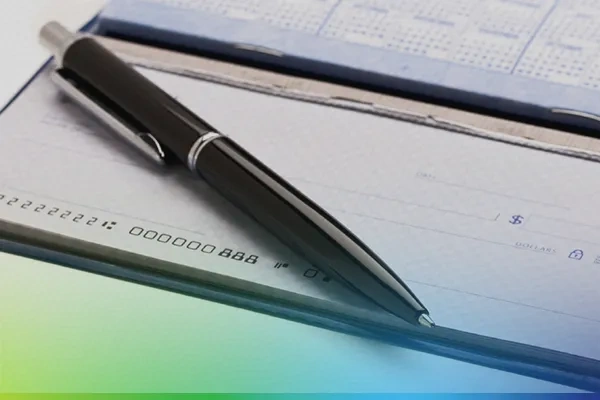Is The Check Deposit Bucket Still Leaking?
Originally Published in the July/August edition of Western Independent Banker
By Alissa Fry-Harris
Check volumes again put banks—and their customers—at risk
Checks have not gone away. They may even make a bit of a comeback. New data from the Federal Reserve, shows that volumes of checks plateaued in 2016 and even slightly increased from businesses, breaking a long slide that had already begun to slow down.
While we don’t know if this presages further growth, we do know that the costs and risks associated with check payments are on the rise.
Many banks, seeing checks decline, have put check capture and processing technology low on their lists of priorities. As a result, most still deal with checks in nearly the same way they did a decade ago, give or take the addition of remote deposit capability.
Universal check image capture at the point of presentment is uncommon. Checks arrive in separate streams and various locations and are batch digitized, often using different technologies, in back offices or centralized locations. Day 1/Day 2 processing is often outsourced or semi-outsourced, which hinders both detection of fraud across all channels using a common database, and the possibility of real-time action. If counterfeit or duplicate detection is done, it is fragmented, partial, and after the fact.
And speaking of adding remote deposit capture, including mobile capture, the boom in this channel may even create new fields of opportunity for fraudsters, who have long thrived on the vulnerability of paper checks.
Protecting Your Institution
Think fraud protection doesn’t apply to you? Maybe not yet—but by the end of 2016, 73% of all financial institutions had experienced check fraud attempts or losses (2017 AFP Payments Fraud and Control Survey).
Consider this: checks remain the leading target for payment fraud, measured in both number of attempts and actual dollar losses—and total losses are now estimated at $5 billion a year according to the Secret Service, not including investigation and resolution efforts or loss to reputation.
Dollars per transaction may be a better metric to consider than simple check volumes when setting technology budget priorities.
- The average check value is significantly more than for more popular ACH and card payment, and the rate of decline for check value has been much less than for check volumes. This means each check carries a higher potential risk of loss for your institution.
- In addition, looking at total check volumes alone conceals the fact that the majority of all B2B payments are still made by check. And a recent study of checking account customers finds that at least 20% continue to prefer paper checks. These numbers are not budging much from year to year (The Payments Review, 2017).
Protecting your bank from high costs isn’t limited to fraud, of course. The cost of processing a check is now about $1.50. Much of this cost—for example, handling paper, staff overtime and outsourcing—is tied to the legacy capture and processing technologies still widely in use.
Looking After Your Customers
As much as checks present risks to banks, your customers are bigger victims, bearing the brunt of negative account balances, uncollectible payments for goods and services, and other costs. Counterfeit cashier’s checks and high-quality government check forgeries are only two of the new categories of check fraud they face. Without real-time fraud detection across all channels, it is impossible to alert your customers to possible cases of fraud so that they can take action.
At the same time, continuous check posting and fraud detection can make funds available to your customers more quickly—even instantly—and this can give your bank a big competitive edge.
Automated Real-Time Check Technologies Are Within Your Reach
Digitizing checks at all initial points of presentment allows them to be immediately compared to accounts that have been recently closed or have a history of counterfeits, overdrafts or high volumes of returns. Duplicates can be detected by comparison to multi-sourced, shared databases. Partnering with an advanced technology provider offers multiple opportunities to protect your customers and your institution from fraud and high costs.
Such technology investments yield multiple results—productivity, hard savings, reduced risks, and faster service for demanding customers—yet they are within easy reach of even the smallest institutions.
Eventually, paper checks will go away, but their remaining life—and the risks they pose to banks and their customers—will extend long beyond the fairly short payback period for investing in sophisticated check capture and processing technology.

